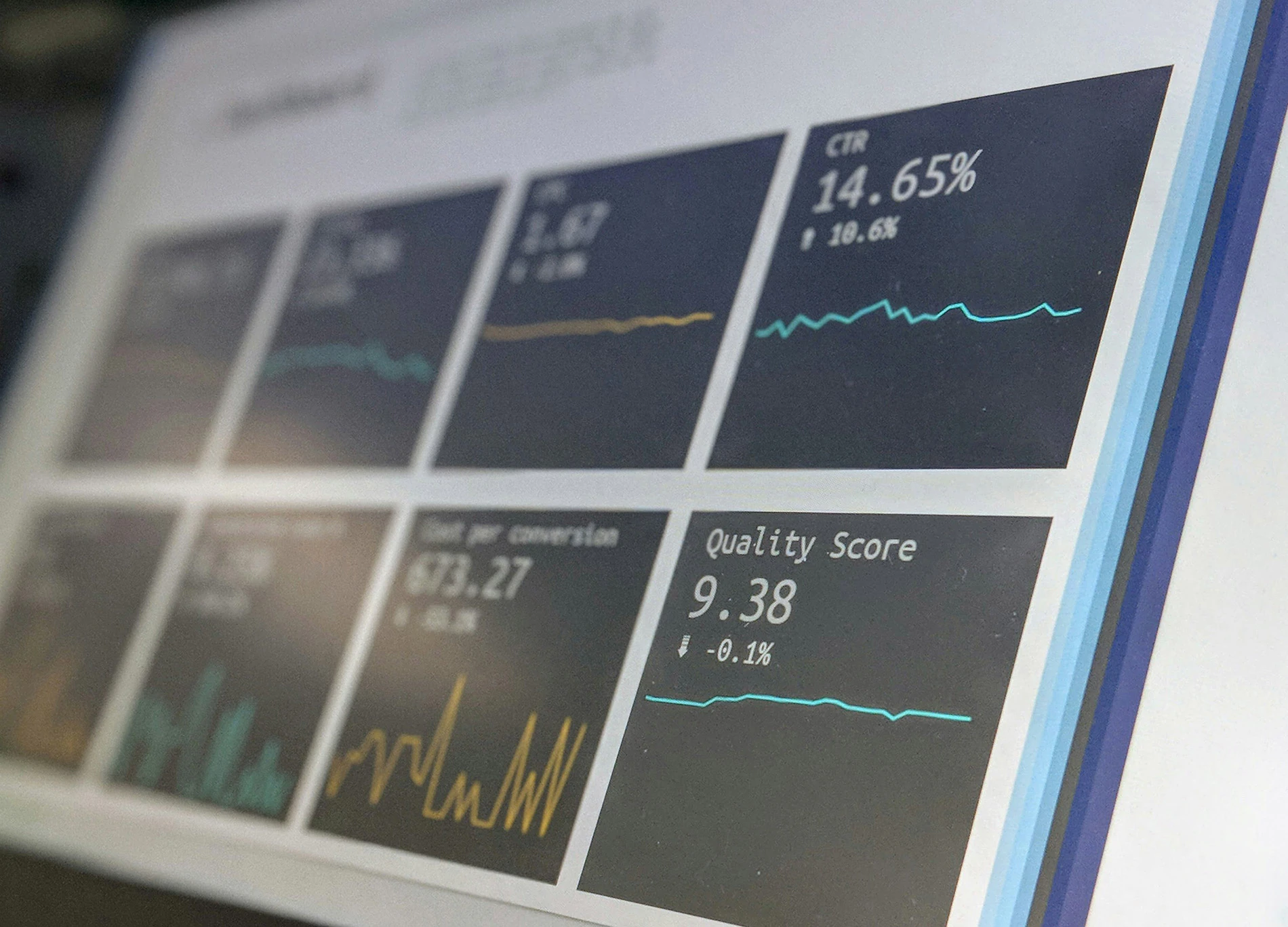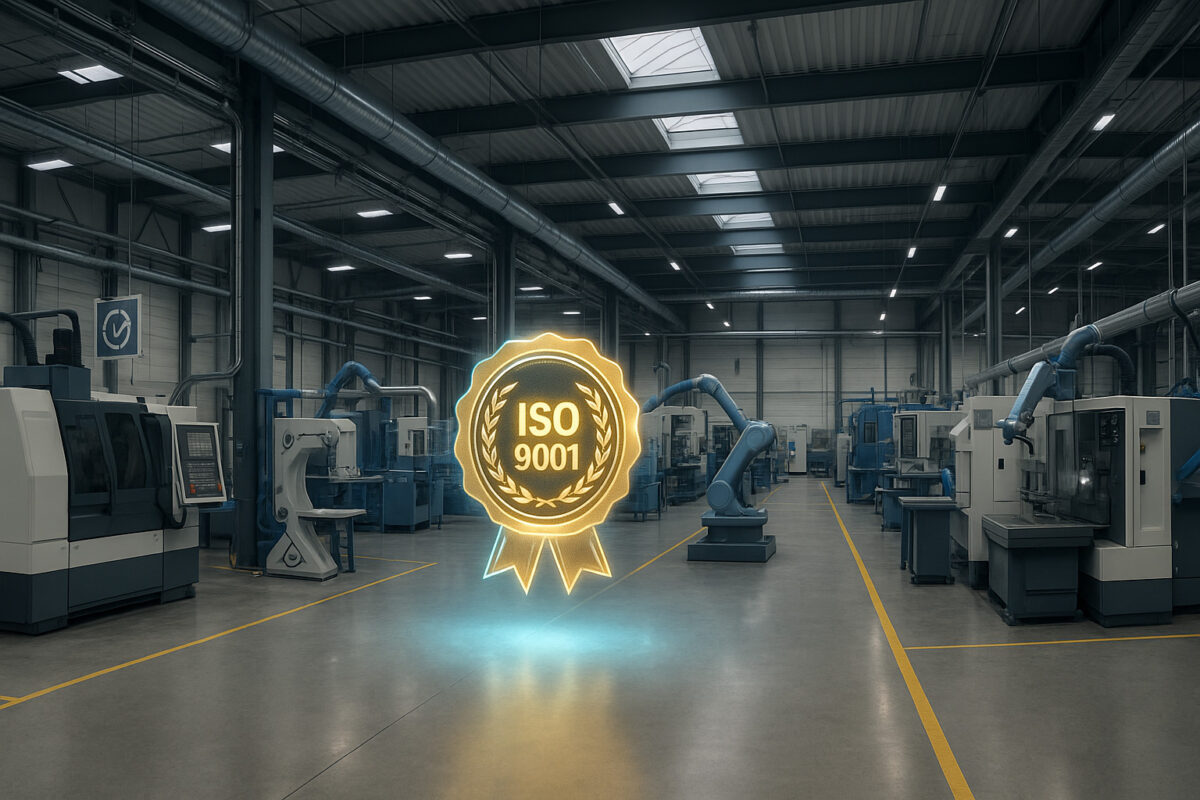
The 7 essential principles for developing lean management on the factory floor
Understanding Lean Management and Its Importance in Manufacturing
Before discussing the seven principles of lean management, it is essential to understand the philosophy behind this continuous process improvement method.
What Is Lean Management?
Lean management emerged in the early 1950s in Japan within Toyota factories. Taiichi Ohno, an engineer for the Toyota Production System (TPS), developed the idea of achieving operational excellence with the goal of customer satisfaction. This mindset led to the creation of a method that allows for:
- Optimizing management and production processes.
- Reducing waste to improve efficiency.
The Benefits of Lean Management in an Industrial Environment
The industrial sector is often where the lean management approach is most effectively applied. Implementing it offers the following advantages:
- Improved communication between design, production, and quality control departments.
- Optimization of all processes at every stage of product manufacturing.
- Cost reduction by minimizing waste.
- Faster decision-making to avoid long waiting times between production stages.
- Reduced lead time between customer orders and delivery.
A key outcome of lean management is significant financial savings by reducing operational costs in the production system.
The 7 Fundamental Principles of Lean Management
To fully benefit from lean management, follow this structured lean methodology.
1. Identifying Value for the Customer
The customer is at the center of the process. What price is the customer willing to pay for their needs to be met? Do you have the right products? Should unnecessary features be eliminated?
This step helps focus improvement efforts, analyze customer expectations, and eliminate waste.
2. Mapping Value Streams
This step involves creating a graphical representation of the value chain, known as Value Stream Mapping. It visually illustrates the entire process from demand to delivery, helping to identify steps that add or do not add value. This enables the identification of improvement areas.
3. Eliminating Waste
According to lean principles, seven types of waste must be identified and reduced to improve the production process:
- Overproduction: Anticipate demand to avoid excessive production.
- Transportation: Minimize unnecessary movement of goods to prevent damage.
- Inventory: Reduce storage costs, avoid unused stock, and free up space. Excess inventory can stifle innovation.
- Motion: Minimize unnecessary movement of workers in the workshop.
- Defects: Address quality issues as early as possible to avoid delays, rework, and additional costs.
- Overprocessing: Avoid using expensive machinery for tasks that can be done more efficiently.
- Waiting: Reduce unnecessary waiting times between production stages.
4. Establishing a Continuous Production Flow
This step involves creating a continuous workflow by eliminating bottlenecks, delays, and intermediate stockpiles. Analyzing each task and reorganizing workflows can help prevent production slowdowns.
5. Implementing a Pull System
This stage involves setting up a pull production system, also known as just-in-time production. The goal is to produce only in response to customer demand, thereby reducing excess inventory. The Kanban method can be used within a lean approach.
6. Striving for Perfection Through Continuous Improvement (Kaizen)
The company must foster a culture of ongoing improvement at all production levels. The “Kaizen” method, meaning “change for the better,” is gradually implemented with employee participation. The goal is to improve quality at every stage, not just within the quality management department.
7. Engaging Teams and Promoting Autonomy
Employees should be actively involved in lean management. Team engagement enhances productivity and supports the ultimate goal: customer satisfaction. Each team should be trained and given decision-making power to solve problems at their level.
How to Implement Lean Management in Manufacturing
Training and Raising Awareness Among Teams
The first step is to provide training for all employees. Everyone, from workers to management, must understand the long-term benefits of lean management.
Analyzing Existing Processes and Identifying Areas for Improvement
Conducting a factory audit is crucial. Evaluating all departments and reviewing supplier sourcing helps identify areas that need improvement for better efficiency.
Using Tools Like 5S and the Kanban Method
To enhance logistics management and facilitate lean implementation, the following tools can be used:
- 5S: A Japanese method for optimizing workspace organization, ensuring that every tool is placed in the most efficient spot.
- Kanban: A system for visualizing workflow in real-time. Tasks are categorized into columns like “To Do,” “In Progress,” and “Completed” to track progress.
Challenges and Obstacles in Lean Management Implementation
Resistance to Change Within Teams
Employees may resist new work methods. To overcome this, companies should highlight:
- Employees’ ability to adapt.
- Their potential to contribute knowledge and innovation.
- Their role in problem-solving.
Lack of Resources for Full Implementation
Financial and human resources constraints may prevent complete implementation. Training personnel and restructuring workflows require investment.
Strong Commitment from Management
The entire organization, including management, must be aligned for successful lean adoption. Leadership plays a critical role in ensuring that lean principles are implemented effectively.
Case Studies: Successful Lean Management Implementation in Factories
Automotive Industry Example
Toyota pioneered lean management. Today, lean principles are embedded in its corporate values, with all employees encouraged to suggest improvements.
Electronics Manufacturing Example
Motorola adopted lean management to address product quality issues affecting its reputation. By analyzing production inefficiencies, the company successfully optimized its processes.
Textile Industry Example
Nike used lean management to reduce production times and enhance supply chain efficiency. This method helped optimize supplier relationships and improve cost management.
Long-Term Benefits of Lean Management in Manufacturing
Increased Productivity
Over time, lean management minimizes waste and enhances productivity. Regular diagnostics help maintain optimized processes.
Reduced Operational Costs
By eliminating non-value-added activities, lean management reduces labor and time investment, resulting in cost savings.
Enhanced Customer Satisfaction
Lean management focuses on reducing lead times while maintaining quality. Faster deliveries and better products lead to higher customer satisfaction.
Lean management is an integral part of the production process. Implementing its principles improves efficiency, reduces costs, and enhances customer satisfaction. As industries evolve, lean management remains a key strategy for maintaining competitiveness.
Would you like to implement lean management? Contact us for personalized sourcing support.



